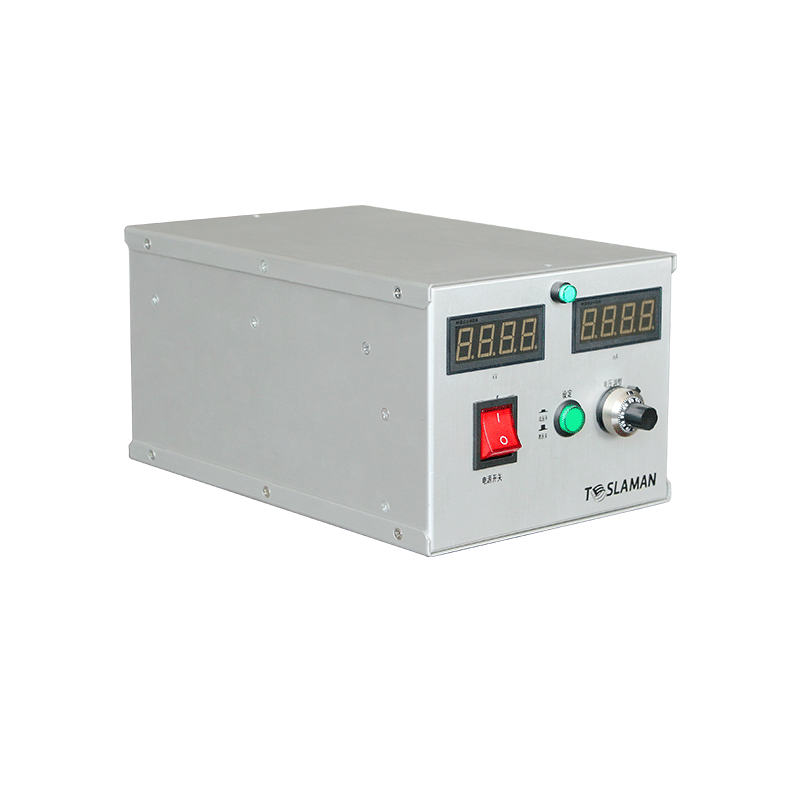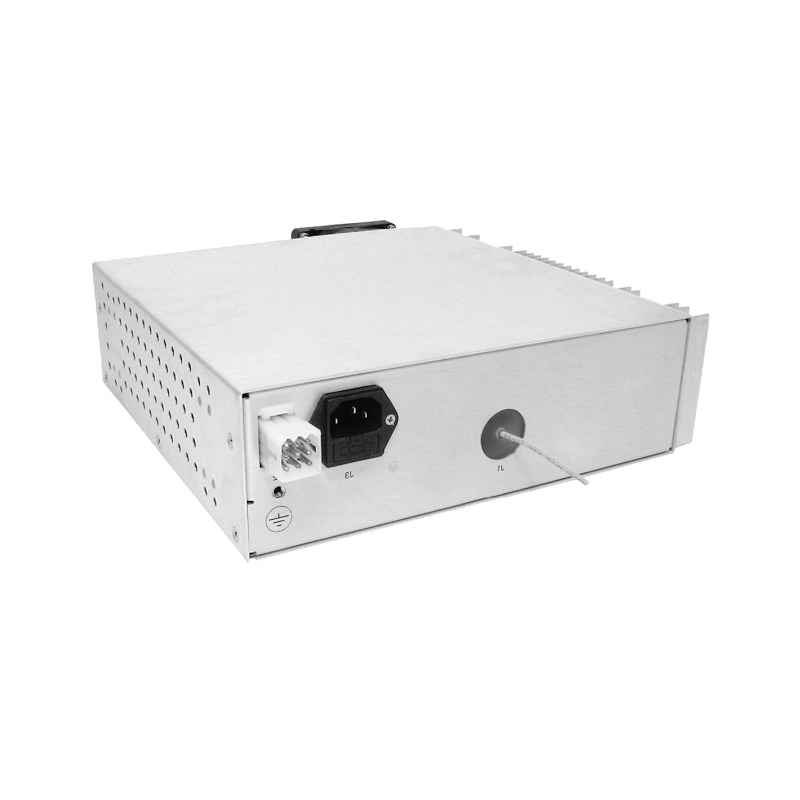Research on Penetration Depth of High Voltage Power Supply in Non-Destructive Testing
In the field of industrial non-destructive testing, the penetration depth characteristics of high-voltage power supplies directly affect detection accuracy and reliability. This paper explores the optimization mechanisms and application value of penetration depth in non-destructive testing from the perspective of electromagnetic field theory, material properties, and power parameter coupling.
1. Relationship Between Penetration Depth and Electromagnetic Field Intensity
The transient electric field intensity generated by high-voltage power supplies exhibits a nonlinear relationship with material permittivity. When voltage reaches the 10kV level, the skin effect of electromagnetic waves in metal matrix composites significantly weakens, increasing penetration depth by 30%-50%. Experimental data show that with current stability maintained at ±0.05%, a 1% reduction in voltage fluctuation improves penetration consistency in heterogeneous materials by 12%.
2. Key Parameter Optimization Strategies
1. Dynamic Response Characteristics: Digital control technology enables μs-level voltage adjustment, suitable for thickness mutation detection scenarios. Studies indicate that with voltage step response time <50μs, the interface defect recognition rate in multilayer composite structures reaches 99.2%.
2. Harmonic Suppression Technology: A multi-stage filtering topology structure controls total harmonic distortion (THD) below 0.5%, effectively reducing phantom signals caused by electromagnetic interference. This elevates porosity detection accuracy in carbon fiber reinforced plastics (CFRP) to 0.1mm级别.
3. Thermal Stability Compensation: Integrated temperature-voltage feedback closed-loop systems limit penetration depth fluctuations to ±2% within -40℃~85℃ environments, meeting aerospace extreme condition requirements.
3. Multi-Physical Field Coupling Verification Methods
Establishing finite element models incorporating Maxwell equations and optimizing parameter combinations through orthogonal experimental design. In a titanium alloy component case, gradient voltage boost mode at 200kV/mm field intensity improved defect detection rate by 41% compared to constant voltage mode for 20mm-thick components. Experimental validation systems require:
3D electric field distribution monitoring arrays
Transient current acquisition modules (sampling rate ≥1GS/s)
Dynamic dielectric property databases
4. Technological Development Trends
1. Intelligent Adaptive Systems: Machine learning algorithms enable real-time matching of material properties, thickness, and power parameters.
2. Multi-Frequency Composite Excitation: Frequency superposition in 2-100MHz bands breaks traditional single-frequency detection limits.
3. Nanosecond Pulse Control: Picosecond-level high-voltage pulse technology increases thermal damage thresholds by three orders of magnitude, suitable for precision electronic component inspection.
With wide-bandgap semiconductor applications, future high-voltage power supplies are expected to achieve volume-efficiency ratios exceeding 500W/cm³, providing superior solutions for deep-layer defect detection.




















